(English) Traditional Community-readiness for Carbon Projects – Lessons learned from the Surui Forest Carbon project
Gabriel C. Carrero¹ , Vasco M. van Roosmalen² , Claudia S. Vitel ³
This paper presents the case-study of community readiness for a REDD+ project of the Suruí People of Rondônia that inhabit the southwestern Brazilian Amazon, in a region that comprises the western flank of a long corridor of indigenous lands surrounded by consolidated agricultural areas. Surui contact with non-Indians first occurred in 1969, which greatly impacted their community and their their way of life, with the consumption of manufactured goods and the need for health services and education promoted by the surrounding society. The Suruí sold timber in their territory for approximately 30 years to purchase goods and services. From the 2000s, beginning with the depletion of timber resources and the consolidation of most of the surrounding areas by livestock and coffee, the Suruí people began investing in land uses and means of income generation. Also a counterforce emerged with a Surui leader who built a consensus among the Surui people to fight against the deforestation process by valuing and conserving their culture and their forests. Beginning in 1997, the Surui have been promoting the autonomous management of their territory, and in the last three years the Suruí Forest Carbon Project has emerged as one of the main options to implement their 50 year Life Plan. This paper reviews the numerous community-readiness methodologies implemented for the Surui Forest Carbon Project, which is currently under validation for VCS and CCBA certification. The objective is to explain each one of the participatory methodologies implemented as well as review its effectiveness and its role with a community-led REDD+ project. These methodologies include collaborative ethnomapping, participatory ethno-environmental diagnostic surveys, ethnozoning and participatory biomass inventories, and indigenous community territorial land management and protection planning. Each of these methodologies was developed by different NGO partners to the Surui people within the contexts of other community projects. The Surui Forest Carbon Project was the first to apply each of these methodologies in an integrated manner to achieve the goal of climate mitigation through avoided deforestation. This review will look at the lessons learned as well as the potential for replication within other contexts both in the Brazilian Amazon and worldwide. The authors will provide an analysis of each of the methodologies within the larger context including potential caveats to ensure full community participation, social and cultural baselines.
Keywords: Amazon rainforest, deforestation, REDD+, participatory surveys, ethnozoning, ethnomapping, life plans.
¹ Researcher, Institute for Conservation and Sustainable Development of Amazonas-IDESAM.
² President, Amazon Conservation Team Brazil – ACT-Brasil.
³ PhD Student in co-tutelle at AgroParistech and National Institute for Research in the Amazon-INPA.

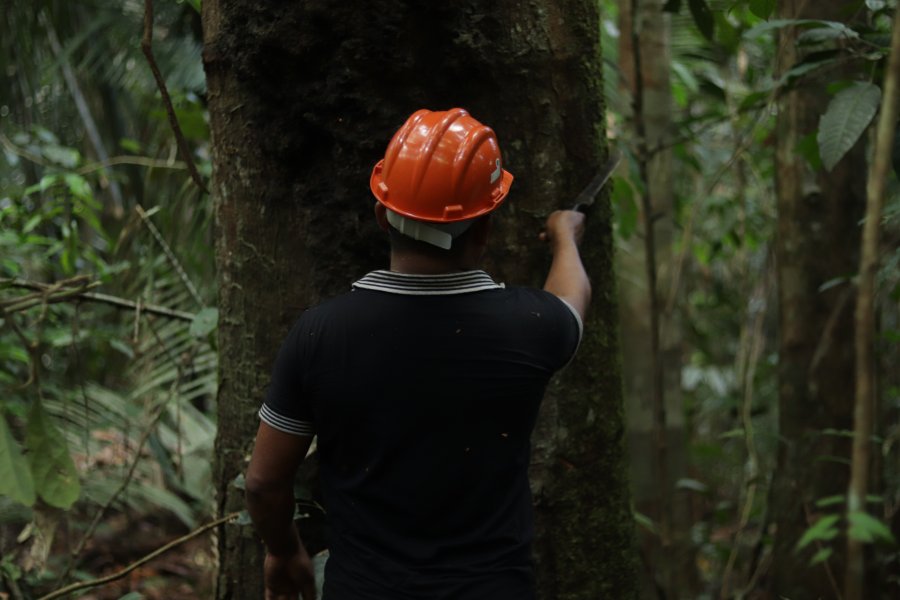
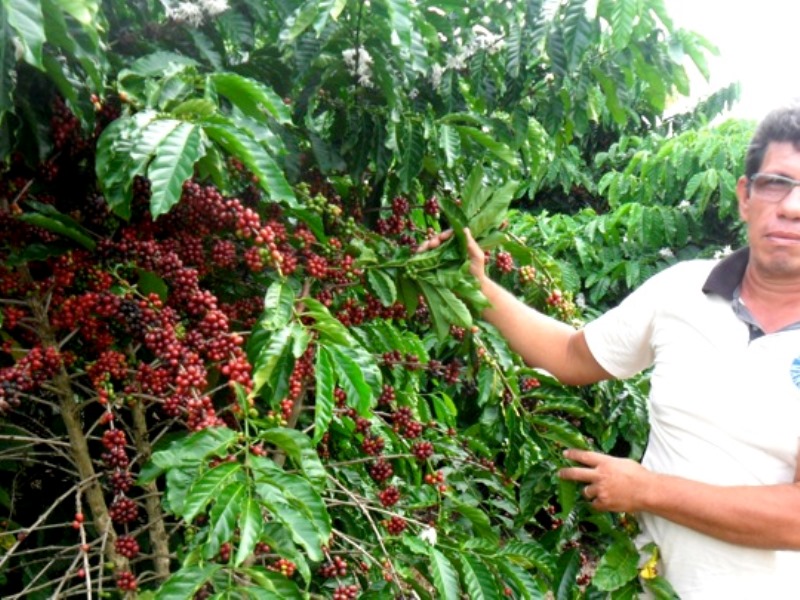
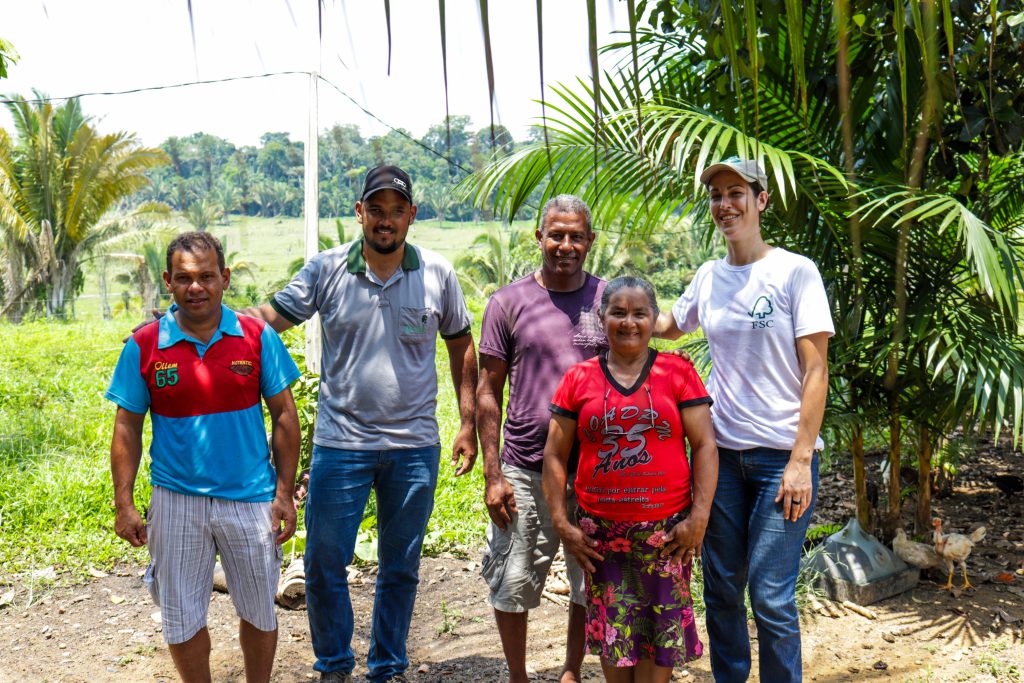
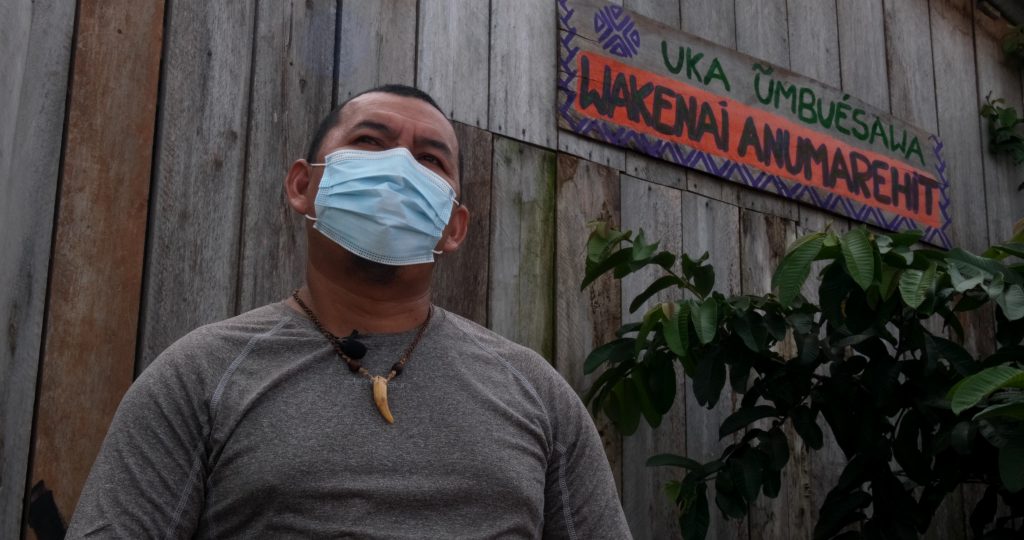
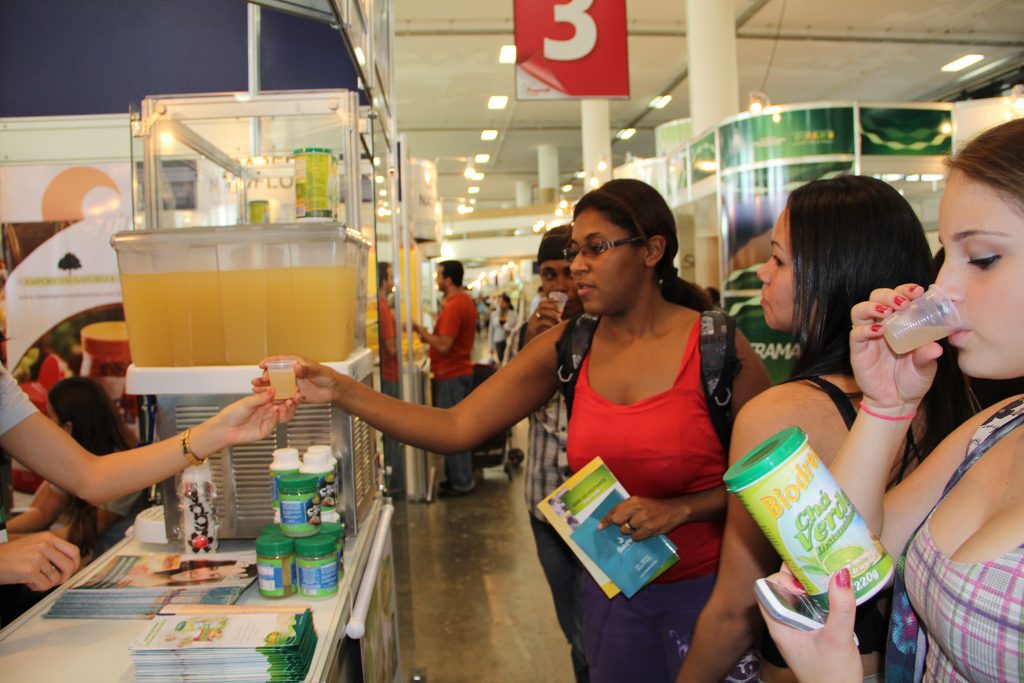

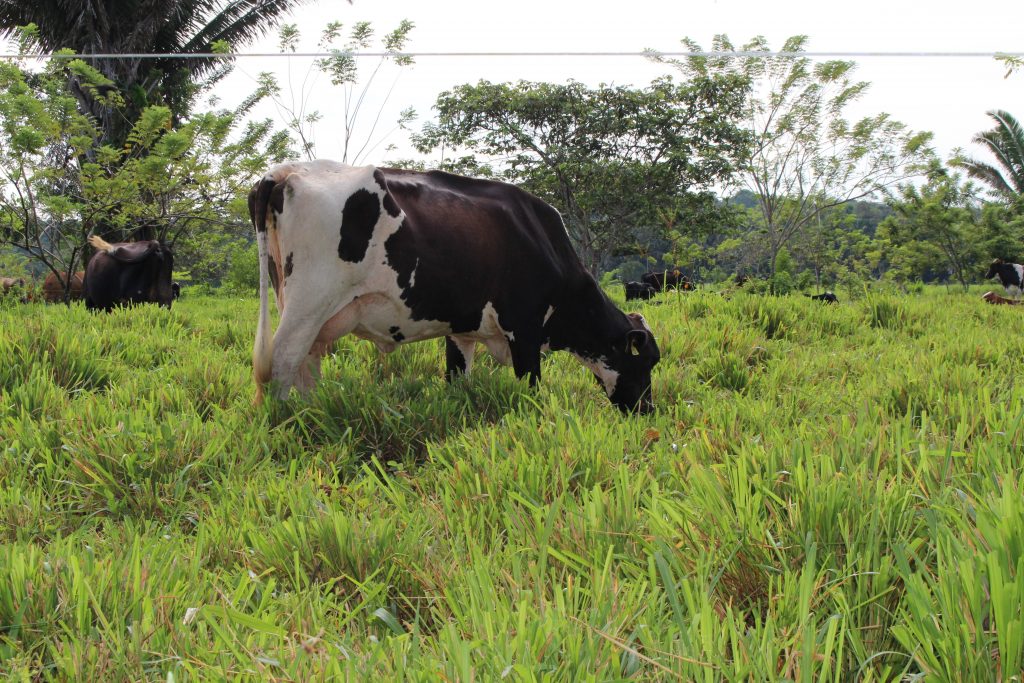
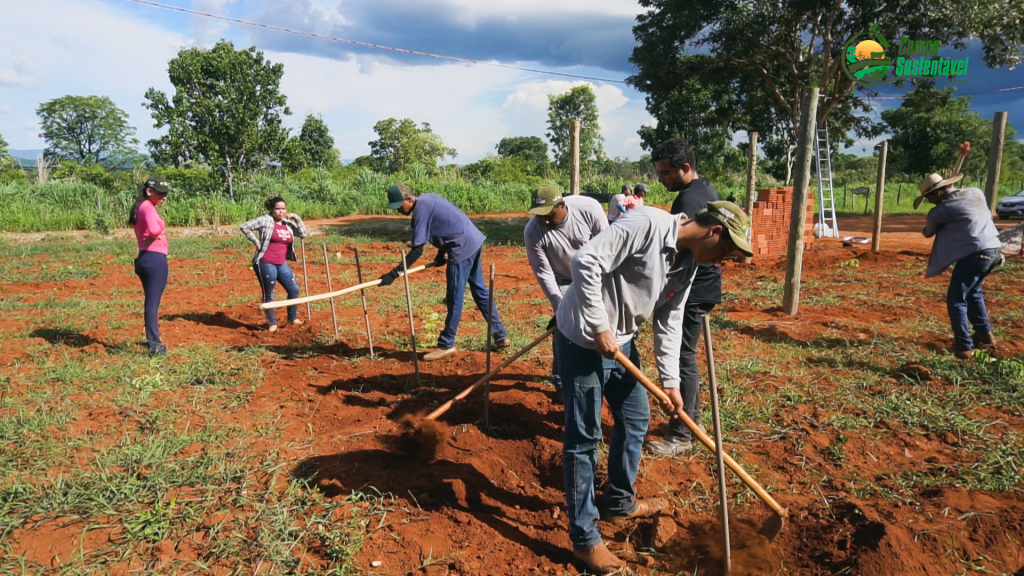
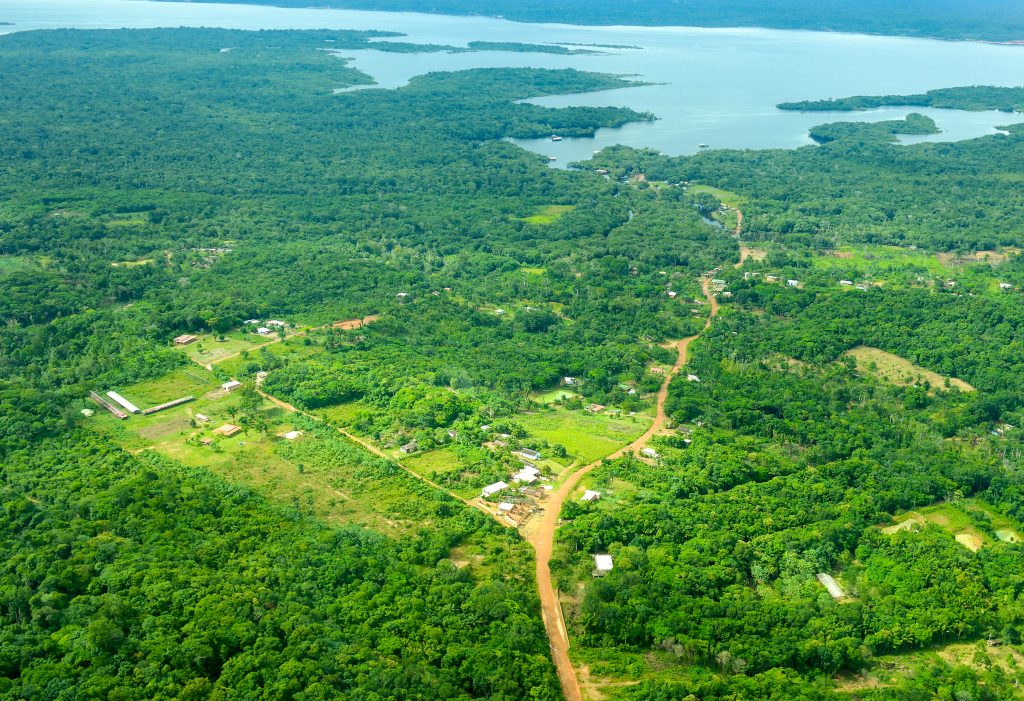
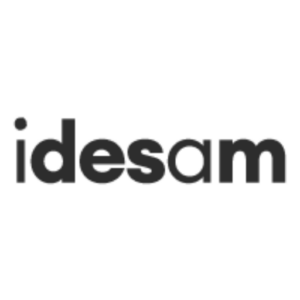
Leave a Reply